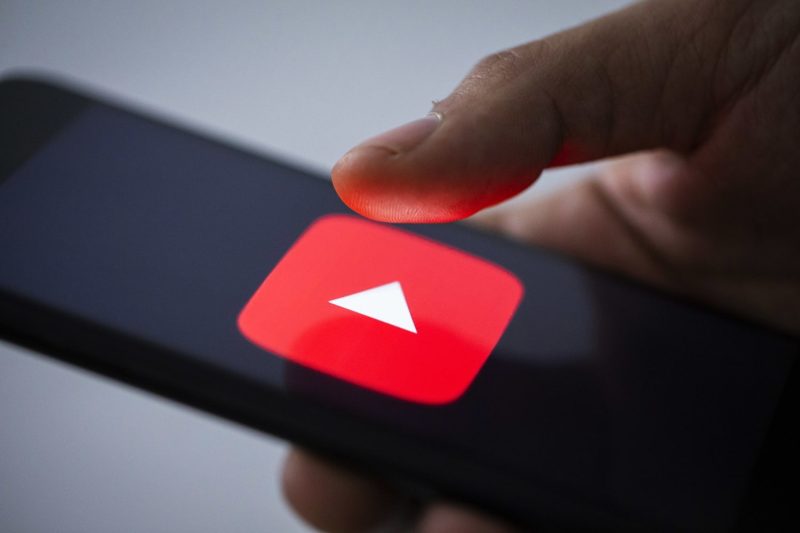In a world where digital media consumption continues to rapidly evolve, the emergence of YouTube as a dominant platform in the living room has led to a paradigm shift in the way media companies approach their content distribution strategies. With the increasing popularity of smart TVs and streaming devices, YouTube has effectively positioned itself as a primary source of entertainment for millions of viewers worldwide, challenging traditional media channels and forcing companies to reassess their relationship with the platform.
One of the key factors driving YouTube’s success in the living room is its vast library of content, which caters to a wide range of interests and demographics. From music videos and vlogs to tutorials and live streams, YouTube offers an extensive selection of videos that are easily accessible on big screens, making it a go-to destination for entertainment for viewers of all ages. This diversity of content not only attracts a diverse audience but also keeps users engaged and coming back for more.
Moreover, YouTube’s recommendation algorithms play a crucial role in determining what viewers watch next, leveraging data analytics to personalize content suggestions based on user preferences and viewing history. This targeted approach not only enhances the user experience but also increases the time spent on the platform, leading to higher engagement and ad revenue for content creators and YouTube itself.
However, the growing influence of YouTube in the living room has raised concerns among traditional media companies, who now face the dilemma of whether to view the platform as a friend or a foe. On one hand, partnering with YouTube can provide companies with access to a massive audience and monetization opportunities through ads and sponsorships. Many media companies have successfully leveraged YouTube to promote their content, reach new audiences, and drive revenue through collaborations with popular creators and influencers.
On the other hand, some media companies view YouTube as a threat to their traditional business models, as the platform’s ad-supported, user-generated content competes directly with their premium programming. Moreover, the rise of YouTube stars and independent creators has disrupted the traditional hierarchy of the entertainment industry, giving rise to a new breed of influencers who wield significant influence over their dedicated fan bases.
Ultimately, media companies must carefully weigh the pros and cons of partnering with YouTube, taking into account factors such as audience reach, revenue potential, brand collaboration opportunities, and the impact on their existing distribution channels. As the digital landscape continues to evolve, embracing YouTube as a complementary platform rather than a competitor may be the key to staying relevant and meeting the changing needs of modern viewers.
In conclusion, YouTube’s dominance in the living room has reshaped the media landscape, presenting both challenges and opportunities for content creators and companies alike. By understanding the unique advantages and implications of aligning with YouTube, media companies can navigate this new era of digital entertainment and leverage the platform’s reach to engage audiences in innovative ways. Whether viewed as a friend or a foe, YouTube is undeniably a force to be reckoned with in the ever-evolving world of media consumption.

